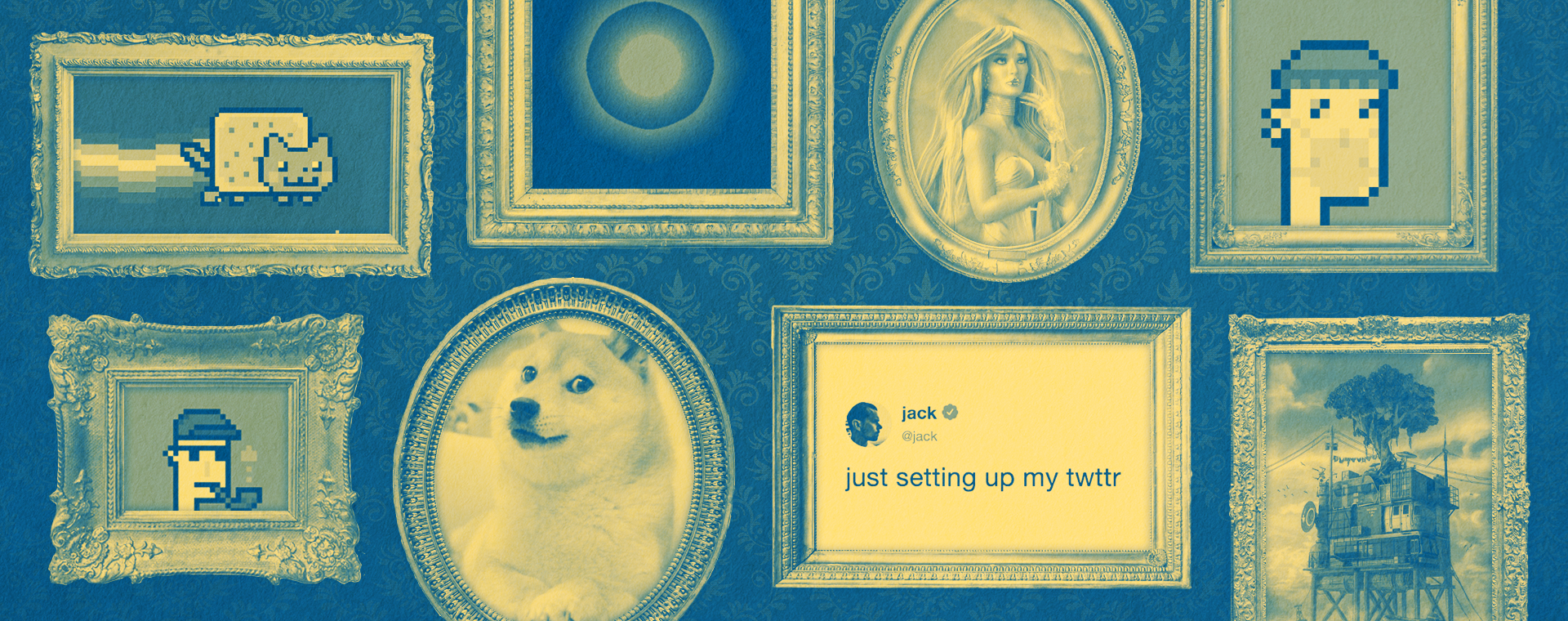A beginner’s guide to the metaverse
By: Thomas Parkinson
November 11, 2021 | Reading Time: 5 mins
October 28th, 2021, will go down as a very important day in the history of digital marketing.
If you were anywhere near the Internet, you most likely saw that Facebook Inc. was rebranded as Meta.
I know what you’re thinking. “Big deal, they changed their name. It was probably a PR move to distract people from all the recent bad press and whistleblower leaks.”
You might be onto something, but this is far more than slapping a new label on the same old thing. This marks Facebook’s official transformation from being a social media company to becoming a metaverse company. It’s significant.
Even if you weren’t able to watch the 77-minute introduction of Meta, you likely saw some pretty funny memes circulating the web. This keynote from Zuckerberg highlights his commitment to the metaverse and his vision for the new brand. Meta is all in on the metaverse and that’s no joke.
But what is the metaverse? Who’s involved and why should you care? Let’s get started.
What is the metaverse?
It’s a simple question that right now doesn’t have a simple answer. As I write this blog in November 2021, the metaverse is an aspirational term for a future, more tangible digital world.
The term “metaverse” can be traced back to Neal Stephenson’s 1992 Sci-fi novel Snow Crash. Stephenson describes the metaverse as a collective virtual space that serves as a digital reality where all humans would simultaneously co-exist. This concept is furthered in Ernest Clines’ 2011 novel (and 2018 film of the same name) Ready Player One.
Zuckerberg speaks more to how this space would feel as a social environment. The metaverse will be “an embodied internet where you’re in the experience—not just looking at it”. A crucial part of Meta’s metaverse (try saying that 10 times fast) is presence– feeling as though you’re actually there with another person or in another place.
So while there is no universal definition, the metaverse has begun to take shape through shared understandings and the feelings of shared space.
What’s changed?
With the concept of the metaverse having been around for over 30 years, why should you believe now’s the time it’ll actually take shape? How are things different today than they were 10, 20, 30 years ago? What’s changed?
Big business backing
It’s become clear that businesses are taking the metaverse seriously with Meta, Microsoft, Netflix, and other prominent global businesses all wanting a piece of the action. This is why Facebook Inc’s official name change is so significant. It’s one thing to have Oculus headsets and some ongoing R&D in the virtual space, but it’s another thing to rebrand with the metaverse as your north star. With tech, software, and consumer brands pouring money and resources into the metaverse’s development, it’s only a matter of time before we start seeing the resulting changes.
Technological advances
Understandably, Stephenson’s description of the metaverse in Snow Crash must’ve felt lightyears away. In 1992 people were still listening to music on their fancy new Sony Discman. Y2K was barely on the horizon. A shared digital space where everyone would live and interact with one another was total science fiction.
In 2021, though, we’ve already seen a number of sci-fi gadgets become a reality. VR and AR spaces are real. Virtual Reality headsets aren’t only available, they’re actually somewhat affordable. Tech has come a long way in the last few decades and while we won’t see the fully actualized metaverse for years, it doesn’t mean new innovations, services, and experiences won’t be created in the meantime.
An increase in remote experiences
When the pandemic began in March 2020, we were forced to adapt to remote working and digital ways of socializing. For the last year and a half, it’s felt like everything’s been online.
At Stryve, remote work hasn’t resulted in any sort of regression in productivity. The work gets done, but the lack of in-person interactions has made integrating new team members and building connections more difficult. I can speak to this personally. I joined the team over eight months ago and I’ve only met my coworkers twice. Thanks, COVID.
But what if these embodied experiences that Zuckerberg foresees become reality? A day where we physically feel like we’re in the same space. A day where we can virtually interact in the same ways we would in person at the office, at school, at a sporting event, etc. This thought would’ve seemed crazy in 2018, but after the last year and a half of remote life, I can’t be the only one hoping for it.
Why should marketers care?
As we’ve talked about many times in our blogs, the best marketers never stop learning and exploring new possibilities in the field. When Stryve was founded, the concept of digital and social media marketing was still in its infancy. A lot of companies struggled to see the business potential of platforms like Facebook. Fast forward 13 years and anyone not utilizing some sort of social media strategy is a dinosaur. Life comes at you fast.
If you don’t innovate or continuously explore future possible growth areas, you could be missing out on huge opportunities.

NFTs, Gaming, and Virtual Experiences
While some brands take the “wait-and-see” approach to these new spaces, others are diving right in. Brands like The Toronto Raptors, Coca-Cola, Disney, and AS Roma have already begun leveraging NFTs to provide their customers access to innovative experiences, content, and exclusive offers. Have no clue what NFTs are or how they work? Don’t worry, here’s a guide to NFTs.
We’ve also seen glimpses of the metaverse in the gaming space. Platforms like Roblox and online games like Fortnite are expanding into other entertainment, social, and e-commerce realms, going as far as hosting virtual concerts for artists like Travis Scott and Ariana Grande with millions of ‘attendees’ around the world.
On Roblox, brands like Gucci, Vans, and Warner Bros. have created interactive virtual experiences. Roblox VP of Brand Partnerships, Christina Wootton has gone on the record saying, “the metaverse is bigger than gaming, we’re ushering in this new category of human co-experience. It’s an immersive place where people can come and connect with one another and have shared virtual experiences. They can do things together, such as work, learn, play, shop, and experience entertainment.”
If you’re in marketing, how could these opportunities not excite you?
Like Rome, the metaverse won’t be built in a day. These technologies will take time to develop, perfect, regulate, and catch on. But as we’ve learned through the pandemic, the world can change in the blink of an eye. Incorporating the metaverse may not be in your plans come January 2022, but these virtual spaces are evolving and with them comes untapped potential.
We’ve already dipped our toes into the metaverse. Connect with us to learn how we can help you embrace the new digital world, too.





